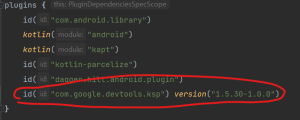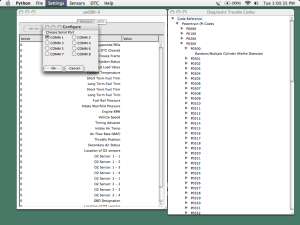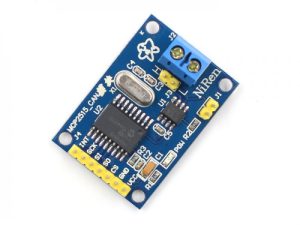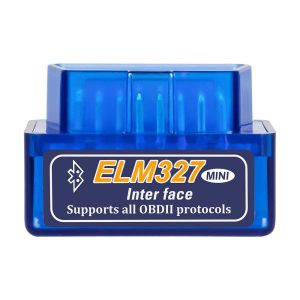Banner grabbing is an essential technique used in network security to gather information about a remote system, such as the type of operating system, web server software, and application server software. Banner grabbing can be used for both defensive and offensive purposes, depending on the intent of the user. In this blog, we’ll explore the concept of banner grabbing, its importance in network security, and how it’s done.
What is Banner Grabbing?
Banner grabbing is the process of obtaining information from a networked device by connecting to it and requesting a banner or header message. The banner or header message is a response from the remote device, containing information about the operating system, web server software, and application server software. Banner grabbing can be done using a variety of methods, such as Telnet, Netcat, Nmap, or any other tool capable of making a TCP connection.
Why is Banner Grabbing Important?
Banner grabbing is important in network security because it provides valuable information about the remote system, which can be used to identify potential vulnerabilities and security weaknesses. By knowing the operating system, web server software, and application server software running on a remote system, security professionals can tailor their attacks and defenses accordingly. For example, if a remote system is running an outdated version of Apache web server, an attacker can use a known vulnerability in that version to launch an attack. On the other hand, a security professional can use this information to patch the vulnerability before an attacker exploits it.
How is Banner Grabbing Done?
Banner grabbing can be done using a variety of methods, but here are some common ones:
- Telnet – Telnet is a protocol used for remote access to a device. By using Telnet, a user can connect to a remote device and request the banner or header message.
- Netcat – Netcat is a versatile tool used for network exploration and security auditing. It can be used to connect to a remote device and request the banner or header message.
- Nmap – Nmap is a popular network exploration tool that can be used to perform banner grabbing. It has a built-in script called “banner” that can be used to request the banner or header message from a remote device.
- Web Browser – A web browser can also be used to perform banner grabbing. By entering the IP address or domain name of a remote system into the address bar of a web browser, the user can view the banner or header message in the response.
Conclusion
Banner grabbing is a valuable technique in network security that provides valuable information about a remote system. It can be used for both offensive and defensive purposes, depending on the intent of the user. By using banner grabbing, security professionals can identify potential vulnerabilities and security weaknesses, and take appropriate measures to prevent attacks. So, the next time you’re performing a security audit, consider using banner grabbing as a tool in your arsenal.
Allow me, to explain in more detail about how banner grabbing is done using some of the commonly used methods:
- Telnet:
To perform banner grabbing using Telnet, you first need to establish a Telnet connection to the remote device. You can do this by typing the following command in the terminal:
telnet <IP address> <port>Replace <IP address> with the IP address of the remote device you want to connect to, and <port> with the port number that the service is listening on. For example, if you want to connect to the HTTP service running on the remote device, you would use port 80.
Once the Telnet connection is established, you can send a request to the remote device by typing the following command:
GET / HTTP/1.1 Host: <IP address>Replace <IP address> with the IP address of the remote device. This should retrieve the header message or banner from the remote device.
- Netcat:
To perform banner grabbing using Netcat, you need to establish a TCP connection to the remote device. You can do this by typing the following command:
nc <IP address> <port>Replace <IP address> with the IP address of the remote device, and <port> with the port number that the service is listening on.
Once the TCP connection is established, you can send a request to the remote device by typing the following command:
GET / HTTP/1.1 Host: <IP address>Replace <IP address> with the IP address of the remote device. This should retrieve the header message or banner from the remote device.
- Nmap:
To perform banner grabbing using Nmap, you can use the built-in script called “banner”. You can do this by typing the following command:
nmap -sV --script banner <IP address>Replace <IP address> with the IP address of the remote device. This will run the banner script on the remote device, which will retrieve the header message or banner from the remote device.
- Web Browser:
To perform banner grabbing using a web browser, you can simply enter the IP address or domain name of the remote device into the address bar of the web browser. This will send a request to the remote device, and the header message or banner should be displayed in the response.
In conclusion, banner grabbing can be performed using a variety of methods, depending on the tools and techniques available to the user. It’s an essential technique in network security that provides valuable information about a remote system, which can be used to identify potential vulnerabilities and security weaknesses.










